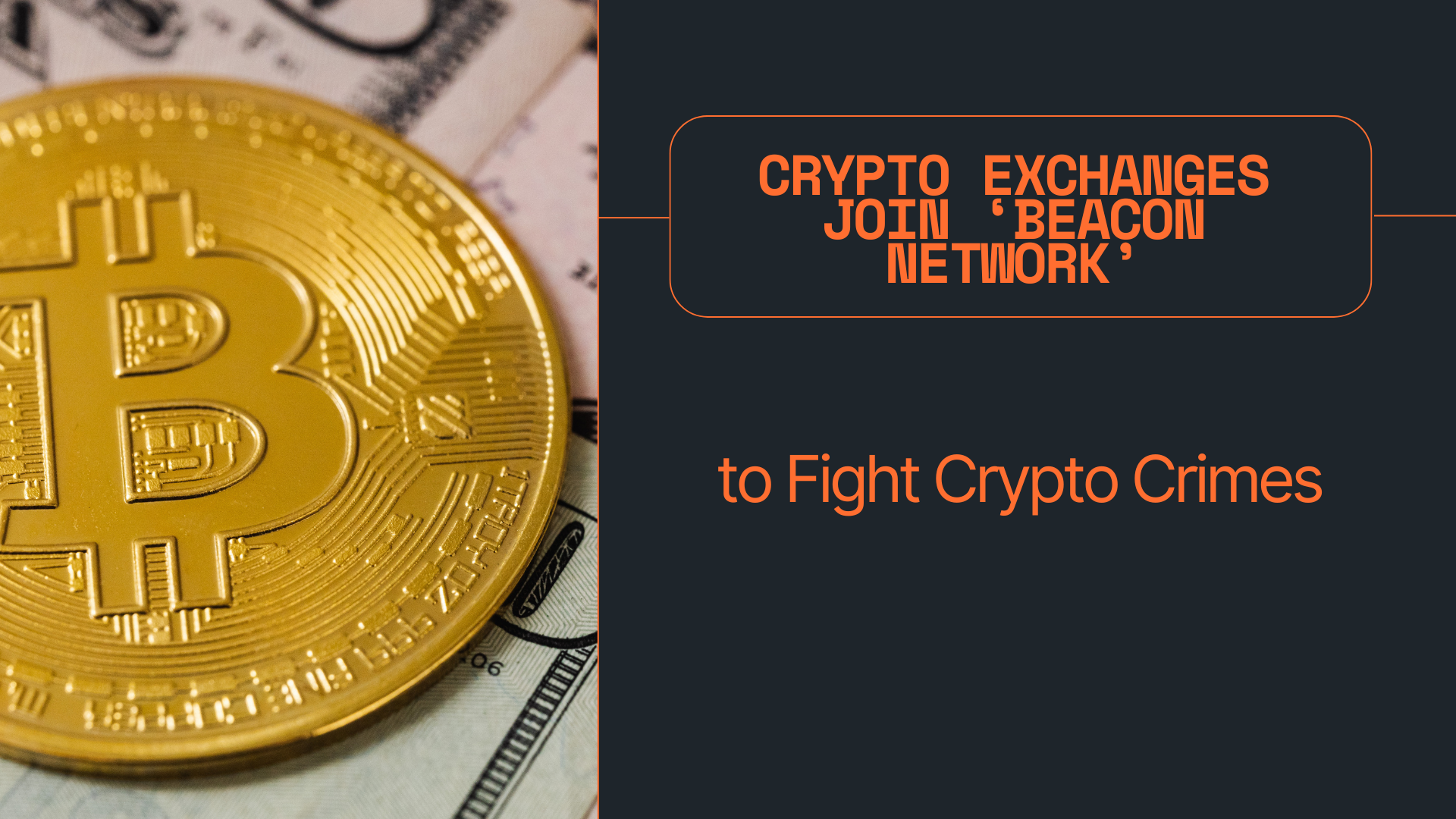
Major crypto and payments platforms have unveiled a new collaborative defense against illicit finance: the Beacon Network, billed as the industry’s first real-time crypto crime response system. Developed by blockchain-intelligence firm TRM Labs, the network connects exchanges, issuers, law enforcement and vetted researchers so they can flag suspect wallets, broadcast alerts across participants, and block cash-outs in minutes rather than days.
According to TRM Labs and participating companies, founding members include Binance, Coinbase, Kraken, Robinhood, Ripple, Crypto.com, OKX, Poloniex, Anchorage Digital, PayPal and Stripe, alongside global law-enforcement bodies (TRM publicly named the Australian Federal Police and said others are involved but not yet listed).
What the Beacon Network actually does
At a high level, verified investigators (from exchanges, issuers, agencies or trusted researchers) submit addresses linked to hacks, scams or other financial crime. Rather than keeping that intelligence siloed, Beacon immediately propagates alerts to participating platforms. If the tagged funds touch a member exchange or service, the system raises a real-time flag so teams can review, freeze or block the withdrawal—cutting off exit ramps for stolen assets. TRM describes this as an “end-to-end kill chain” for illicit crypto flows.
Binance, a founding member, framed the shift as moving from slower, isolated responses to live, coordinated interdiction, adding that affiliate membership is free for verified partners to encourage broad adoption.
Why now: speed is the threat surface
TRM and member firms point to recent incidents—most notably the Bybit hack earlier this year—where attackers moved funds through 10,000+ transactions in the first month, outpacing traditional coordination. Beacon aims to flip that dynamic by giving exchanges and agencies a shared, automated early-warning system.
Policy reporters note the initiative also answers growing regulatory pressure to curb crypto money laundering with real-time information sharing between private platforms and public agencies.
Who’s in the founding cohort
Independent coverage and member announcements list a broad cross-section of the market:
- Exchanges: Binance, Coinbase, Kraken, OKX, Crypto.com, Poloniex, Robinhood.
- Payments / fintech: PayPal, Stripe.
- Infrastructure / custody / issuers: Ripple, Anchorage Digital.
- Law enforcement: TRM cites contributions from leading agencies worldwide; publicly named so far: Australian Federal Police.
TRM says participation spans “exchanges, stablecoin issuers, and law enforcement,” with automation and human follow-up used to keep the network operating 24/7.
How Beacon works (step-by-step)
- Flagging: A vetted investigator flags an address tied to a hack, scam, ransomware, terrorist financing or sanctions risk.
- Propagation: The alert instantly broadcasts to member platforms.
- Intercept: If funds touch a member exchange or issuer, automated alerts prompt immediate review and potential freeze/block.
- Recovery support: With funds contained on-platform, law enforcement has a better chance of recovering assets for victims.
TRM emphasizes that only verified actors can flag addresses, and that abuse of the system “will not be tolerated,”addressing concerns about false positives.
Early coverage & industry reaction
- CoinDesk calls Beacon a “real-time interdiction network,” highlighting the inclusion of major exchanges and payments firms and the project’s potential to satisfy policymakers’ demands for tighter AML controls.
- Cointelegraph underscores the network’s “detection-to-action in minutes” design and cites early cases where investigators used Beacon to blacklist and freeze six-figure flows tied to scams.
- Ledger Insights breaks down the membership model and reiterates the cross-sector nature of the initiative (exchanges, law enforcement, researchers and issuers).
Why this matters for users and markets
- Faster victim relief: The sooner assets are flagged and intercepted, the better the odds of recovery—especially when thieves try to cash out via centralized off-ramps.
- Ecosystem trust: A live, shared alert layer can reduce the reputational drag from high-profile hacks and scams—and may ease regulatory friction for compliant platforms.
- Global coordination: Because Beacon is non-commercial and open to verified members, smaller venues and agencies can plug into the same real-time feed as the biggest exchanges.
Open questions
- Scope and coverage: Some large stablecoin issuers weren’t listed at launch; momentum will hinge on how quickly the roster expands and how often alerts lead to successful freezes or recoveries.
- Due-process safeguards: TRM says only vetted actors can flag addresses; the governance around vetting, evidence standards and unflagging will matter for long-term legitimacy.
- Interoperability with regulators: How Beacon data feeds into formal investigations and court orders across jurisdictions remains an implementation challenge—especially where privacy and evidence-handling rules differ.
Conclusion
Beacon is the crypto industry’s most ambitious real-time security collaboration to date—linking exchanges, payment firms and law enforcement into a shared alert grid that aims to stop illicit funds before they leave the blockchain. Its impact will be measured not by headlines but by recoveries, freezes and fewer successful cash-outs in the months ahead.